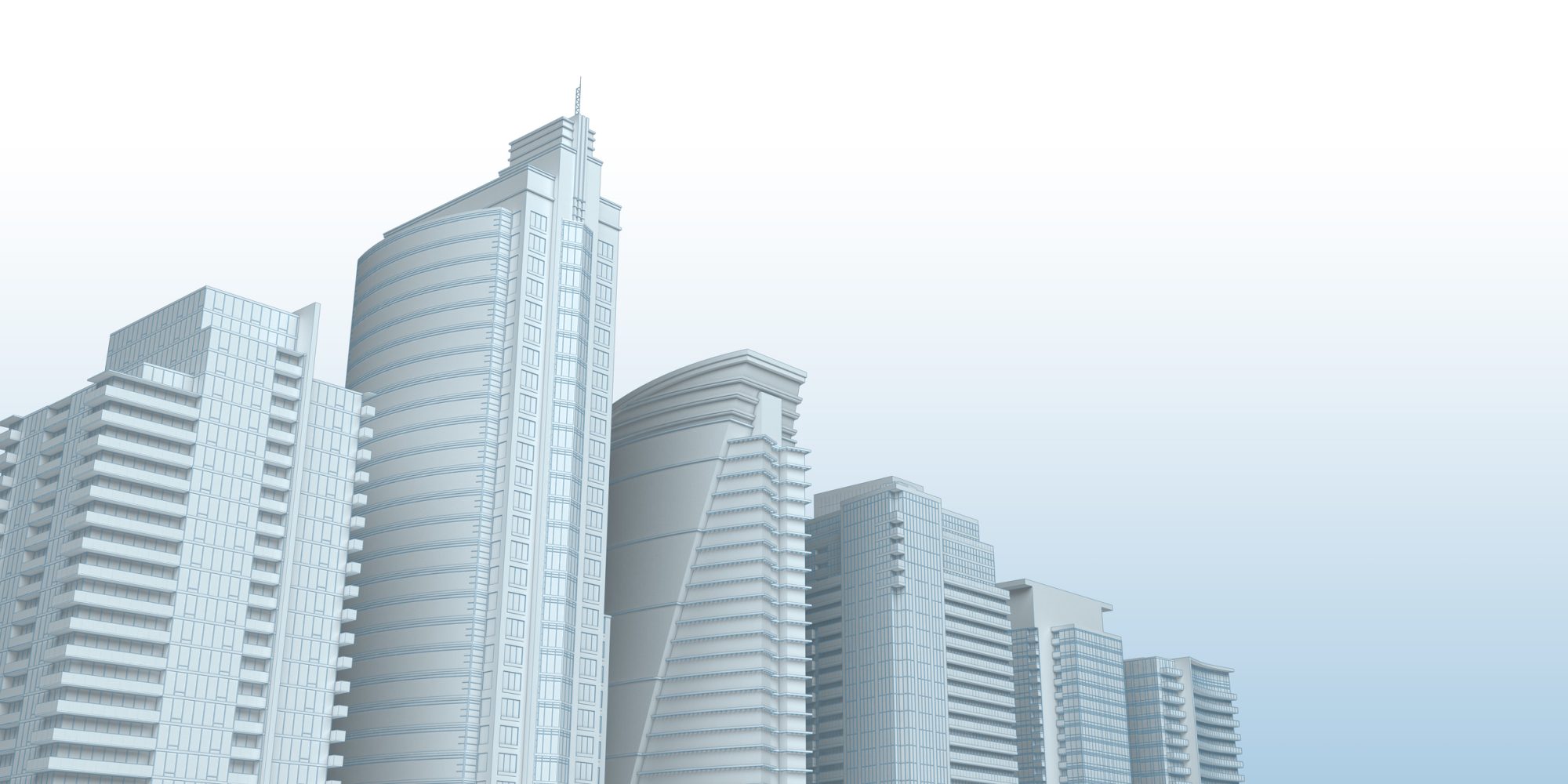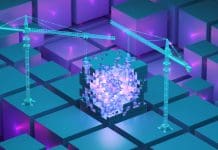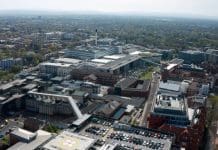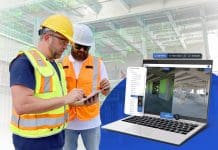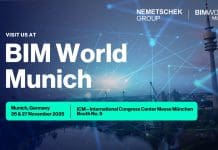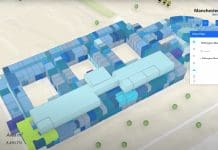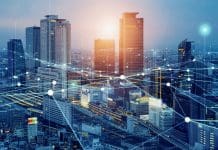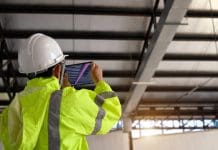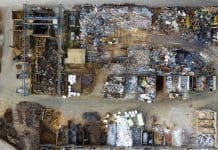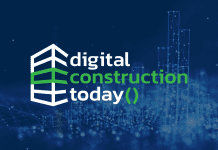3D real-time visualisation through digital twins can create “living, breathing” building models that enhance collaboration, sustainability and innovation, writes Dr Jimmy Abualdenien, head of digital twin product at the Nemetschek Group
It’s not a wild shot in the dark to suggest that most building designers enjoy visual learning, which is why the emergence of technologies, such as augmented reality (AR), virtual reality (VR) and digital twins are so compelling.
Let’s face it: the industry continues to confront multiple challenges when it comes to building design, especially around cost and futureproofing but also sustainability and compliance.
In a 2D world, this is increasingly complex to manage, which is why the future – 3D real-time visualisations through digital twins – has to start now.
Transforming abstract designs into tangible realities is not new, of course. Designers have been doing that for decades but mostly in 2D and very slowly. Error rates have been high, and the time taken to continually amend designs to meet changing requirements and specifications has been costly.
This is why the revolution in new tech has been so refreshing. It has moved the dial and enabled designers to breathe new life into blueprints, offering a real-time look into the entire soul of buildings.
This isn’t just about creating 3D models; it’s about crafting a shared vision where architects, engineers and builders collaborate seamlessly and in real time. But why stop there?
Living, breathing building models
As the industry pivots toward a digital future, VR is emerging as a game-changer. Although the technology has been around for years, it is only just reaching a level where it is both cost-effective and easy to use.
VR offers an edge, especially for those new to building design. It levels the playing field, allowing fresh eyes to see as much as seasoned veterans.
Imagine the impact: twice as many design errors detected before a single foundation is poured. This immersive technology is not just a tool; it’s a beacon guiding us toward error-free designs. But what if we could do even more – if we could create a living, breathing model of the building itself?
Enter the digital twin: a real-time, dynamic reflection of a physical asset, capturing its essence from every conceivable angle.
More than a static model, it uses real-time data, offering an inside look at the building’s performance, potential and problems. It’s as if the building itself could talk, revealing secrets that keep stakeholders informed and engaged.
It’s important to realise that digital twins are not mere replicas of buildings. They can actually provide foresight into maintenance needs and operational inefficiencies, ensuring that every bolt and beam works in harmony.
Imagine the advantage of predicting a system’s failure before it happens, or optimising energy use down to the watt. With digital twins, the construction industry isn’t just building structures; it’s building smarter, greener and more sustainable futures.
Collaborative vision: Breaking down barriers
The power of visualisation extends beyond design, bridging gaps between distant teams and creating a unified vision.
Consider a project sprawling across continents, where every participant has access to the same, up-to-date digital twin. Meetings transform into collaborative brainstorming sessions, where decisions are made based on real-time insights rather than outdated reports.
As stakeholders gather around these digital models, they aren’t just looking at a building; they’re crafting its story.
Every decision becomes part of a larger narrative, moving the project forward with clarity and purpose. This unprecedented collaboration is transforming how we build and how we work together.
This becomes really important when projects attack sustainability challenges.
Visualisation is not just about what we build but how we build it. In a world where sustainability is of paramount importance, these tools illuminate paths to greener construction.
BIM and digital twins enable teams to meticulously plan material use, reducing waste and promoting a circular economy where resources are reused and recycled.
Think of a world where every project is designed with its lifecycle in mind, where buildings are not just constructed and demolished, but born and reborn in various forms. This isn’t a distant dream but a present reality, thanks to visualisation technologies that make sustainability not just achievable but tangible.
As we move toward this future, we also have to consider knowledge transfer and tools that enable a new, tech-savvy generation to prosper. Innovation relies on the pioneers of tomorrow: those who will continue to push the boundaries of what’s possible in construction.
Universities play a crucial role here, shaping minds and equipping them with the tools needed to navigate this digital landscape. Real-world projects and industry partnerships transform classrooms into laboratories of innovation.
Students are not just learning; they’re experimenting, collaborating and building the future. Each project becomes a lesson in creativity and problem-solving, preparing them to step into the industry with confidence and vision.
As they explore the potential of visualisation, they’re not just following in the footsteps of past innovators; they’re blazing their own trails, developing ideas that will challenge the industry but also (hopefully) push existing tools to the limit.
Digital twins and visualisation are crucial to the future of increased efficiency
This is the point of visualisation. It enables access, but it also enables accuracy. Visualisation has transformed the way we design, build and live, turning abstract ideas into tangible realities. From the inception of a project to its completion and beyond, these tools are revolutionising our approach to building.
The digital twin, in particular, stands as a testament to the power of visualisation – a tool that not only uncovers critical errors but also enhances collaboration, sustainability and innovation.
As we embrace this technology, we are not just constructing buildings but crafting the future of our cities and communities, safe in the knowledge we are doing so accurately and efficiently.
This is what visualisation can do to projects. It can build trust. And at this moment in time, with all the cost pressures and constraints of compliance, that can only be a good thing.


